
"Beware of Regin, the master! His heart is poisoned. He would be thy bane..."
Introduction, history
Download our full Regin paper (PDF).
In the spring of 2012, following a Kaspersky Lab presentation on the unusual facts surrounding the Duqu malware, a security researcher contacted us and mentioned that Duqu reminded him of another high-end malware incident. Although he couldn’t share a sample, the third-party researcher mentioned the “Regin” name, a malware attack that is now dreaded by many security administrators in governmental agencies around the world.
For the past two years, we’ve been tracking this most elusive malware across the world. From time to time, samples would appear on various multi-scanner services, but they were all unrelated to each other, cryptic in functionality and lacking context.
It’s unknown exactly when the first samples of Regin were created. Some of them have timestamps dating back to 2003.
The victims of Regin fall into the following categories:
- Telecom operators
- Government institutions
- Multi-national political bodies
- Financial institutions
- Research institutions
- Individuals involved in advanced mathematical/cryptographical research
So far, we’ve observed two main objectives from the attackers:
- Intelligence gathering
- Facilitating other types of attacks
While in most cases, the attackers were focused on extracting sensitive information, such as e-mails and documents, we have observed cases where the attackers compromised telecom operators to enable the launch of additional sophisticated attacks. More about this in the GSM Targeting section below.
Perhaps one of the most publicly known victims of Regin is Jean Jacques Quisquater (https://en.wikipedia.org/wiki/Jean-Jacques_Quisquater), a well-known Belgian cryptographer. In February 2014, Quisquater announced he was the victim of a sophisticated cyber intrusion incident. We were able to obtain samples from the Quisquater case and confirm they belong to the Regin platform.
Another interesting victim of Regin is a computer we are calling “The Magnet of Threats“. This computer belongs to a research institution and has been attacked by Turla, Mask/Careto, Regin, Itaduke, Animal Farm and some other advanced threats that do not have a public name, all co-existing happily on the same computer at some point.
Initial compromise and lateral movement
The exact method of the initial compromise remains a mystery, although several theories exist, which include man-in-the-middle attacks with browser zero-day exploits. For some of the victims, we observed tools and modules designed for lateral movement. So far, we have not encountered any exploits. The replication modules are copied to remote computers by using Windows administrative shares and then executed. Obviously, this technique requires administrative privileges inside the victim’s network. In several cases, the infected machines were also Windows domain controllers. Targeting of system administrators via web-based exploits is one simple way of achieving immediate administrative access to the entire network.
The Regin platform
In short, Regin is a cyber-attack platform which the attackers deploy in the victim networks for ultimate remote control at all possible levels.
The platform is extremely modular in nature and has multiple stages.
Regin platform diagram
The first stage (“stage 1”) is generally the only executable file that will appear in victim’ systems. Further stages are stored either directly on the hard drive (for 64 bit systems), as NTFS Extended Attributes or registry entries. We’ve observed many different stage 1 modules, which sometimes have been merged with public sources to achieve a type of polymorphism, complicating the detection process.
The second stage has multiple purposes and can remove the Regin infection from the system if instructed so by the 3rd stage.
The second stage also creates a marker file that can be used to identify the infected machine. Known filenames for this marker are:
- %SYSTEMROOT%\system32\nsreg1.dat
- %SYSTEMROOT%\system32\bssec3.dat
- %SYSTEMROOT%\system32\msrdc64.dat
Stage 3 exists only on 32 bit systems – on 64 bit systems, stage 2 loads the dispatcher directly, skipping the third stage.
Stage 4, the dispatcher, is perhaps the most complex single module of the entire platform. The dispatcher is the user-mode core of the framework. It is loaded directly as the third stage of the 64-bit bootstrap process or extracted and loaded from the VFS as module 50221 as the fourth stage on 32-bit systems.
The dispatcher takes care of the most complicated tasks of the Regin platform, such as providing an API to access virtual file systems, basic communications and storage functions as well as network transport sub-routines. In essence, the dispatcher is the brain that runs the entire platform.
A thorough description of all malware stages can be found in our full technical paper.
Virtual File Systems (32/64-bit)
The most interesting code from the Regin platform is stored in encrypted file storages, known as Virtual File Systems (VFSes).
During our analysis we were able to obtain 24 VFSes, from multiple victims around the world. Generally, these have random names and can be located in several places in the infected system. For a full list, including format of the Regin VFSes, see our technical paper.
Unusual modules and artifacts
With high-end APT groups such as the one behind Regin, mistakes are very rare. Nevertheless, they do happen. Some of the VFSes we analyzed contain words which appear to be the respective codenames of the modules deployed on the victim:
- legspinv2.6 and LEGSPINv2.6
- WILLISCHECKv2.0
- HOPSCOTCH
Another module we found, which is a plugin type 55001.0 references another codename, which is U_STARBUCKS:
GSM Targeting
The most interesting aspect we found so far about Regin is related to an infection of a large GSM operator. One VFS encrypted entry we located had internal id 50049.2 and appears to be an activity log on a GSM Base Station Controller.
From https://en.wikipedia.org/wiki/Base_station_subsystem
According to the GSM documentation (http://www.telecomabc.com/b/bsc.html): “The Base Station Controller (BSC) is in control of and supervises a number of Base Transceiver Stations (BTS). The BSC is responsible for the allocation of radio resources to a mobile call and for the handovers that are made between base stations under his control. Other handovers are under control of the MSC.”
Here’s a look at the decoded Regin GSM activity log:
This log is about 70KB in size and contains hundreds of entries like the ones above. It also includes timestamps which indicate exactly when the command was executed.
The entries in the log appear to contain Ericsson OSS MML (Man-Machine Language as defined by ITU-T) commands.
Here’s a list of some commands issued on the Base Station Controller, together with some of their timestamps:
|
1 2 3 4 5 6 7 8 9 10 11 12 13 |
2008-04-25 11:12:14: rxmop:moty=rxotrx; 2008-04-25 11:58:16: rxmsp:moty=rxotrx; 2008-04-25 14:37:05: rlcrp:cell=all; 2008-04-26 04:48:54: rxble:mo=rxocf-170,subord; 2008-04-26 06:16:22: rxtcp:MOty=RXOtg,cell=kst022a; 2008-04-26 10:06:03: IOSTP; 2008-04-27 03:31:57: rlstc:cell=pty013c,state=active; 2008-04-27 06:07:43: allip:acl=a2; 2008-04-28 06:27:55: dtstp:DIP=264rbl2; 2008-05-02 01:46:02: rlstp:cell=all,state=halted; 2008-05-08 06:12:48: rlmfc:cell=NGR035W,mbcchno=83&512&93&90&514&522,listtype=active; 2008-05-08 07:33:12: rlnri:cell=NGR058y,cellr=ngr058x; 2008-05-12 17:28:29: rrtpp:trapool=all; |
Descriptions for the commands:
- rxmop – check software version type;
- rxmsp – list current call forwarding settings of the Mobile Station;
- rlcrp – list off call forwarding settings for the Base Station Controller;
- rxble – enable (unblock) call forwarding;
- rxtcp – show the Transceiver Group of particular cell;
- allip – show external alarm;
- dtstp – show DIgital Path (DIP) settings (DIP is the name of the function used for supervision of the connected PCM (Pulse Code Modulation) lines);
- rlstc – activate cell(s) in the GSM network;
- rlstp – stop cell(s) in the GSM network;
- rlmfc – add frequencies to the active broadcast control channel allocation list;
- rlnri – add cell neightbour;
- rrtpp – show radio transmission transcoder pool details;
The log seems to contain not only the executed commands but also usernames and passwords of some engineering accounts:
sed[snip]:Alla[snip] hed[snip]:Bag[snip] oss:New[snip] administrator:Adm[snip] nss1:Eric[snip]
In total, the log indicates that commands were executed on 136 different cells. Some of the cell names include “prn021a, gzn010a, wdk004, kbl027a, etc…“. The command log we obtained covers a period of about one month, from April 25, 2008 through May 27, 2008. It is unknown why the commands stopped in May 2008 though; perhaps the infection was removed or the attackers achieved their objective and moved on. Another explanation is that the attackers improved or changed the malware to stop saving logs locally and that’s why only some older logs were discovered.
Communication and C&C
The C&C mechanism implemented in Regin is extremely sophisticated and relies on communication drones deployed by the attackers throughout the victim networks. Most victims communicate with another machine in their own internal network, through various protocols, as specified in the config file. These include HTTP and Windows network pipes. The purpose of such a complex infrastructure is to achieve two goals: give attackers access deep into the network, potentially bypassing air gaps and restrict as much as possible the traffic to the C&C.
Here’s a look at the decoded configurations:
|
1 2 3 4 5 |
17.3.40.101 transport 50037 0 0 y.y.y.5:80 ; transport 50051 217.y.y.yt:443 17.3.40.93 transport 50035 217.x.x.x:443 ; transport 50035 217.x.x.x:443 50.103.14.80 transport 27 203.199.89.80 ; transport 50035 194.z.z.z:8080 51.9.1.3 transport 50035 192.168.3.3:445 ; transport 50035 192.168.3.3:9322 18.159.0.1 transport 50271 DC ; transport 50271 DC |
In the above table, we see configurations extracted from several victims that bridge together infected machines in what appears to be virtual networks: 17.3.40.x, 50.103.14.x, 51.9.1.x, 18.159.0.x. One of these routes reaches out to the “external” C&C server at 203.199.89.80.
The numbers right after the “transport” indicate the plugin that handles the communication. These are in our case:
- 27 – ICMP network listener using raw sockets
- 50035 – Winsock-based network transport
- 50037 – Network transport over HTTP
- 50051 – Network transport over HTTPS
- 50271 – Network transport over SMB (named pipes)
The machines located on the border of the network act as routers, effectively connecting victims from inside the network with C&Cs on the internet.
After decoding all the configurations we’ve collected, we were able to identify the following external C&Cs.
| C&C server IP | Location | Description |
| 61.67.114.73 | Taiwan, Province Of China Taichung | Chwbn |
| 202.71.144.113 | India, Chetput | Chennai Network Operations (team-m.co) |
| 203.199.89.80 | India, Thane | Internet Service Provider |
| 194.183.237.145 | Belgium, Brussels | Perceval S.a. |
One particular case includes a country in the Middle East. This case was mind-blowing so we thought it’s important to present it. In this specific country, all the victims we identified communicate with each other, forming a peer-to-peer network. The P2P network includes the president’s office, a research center, educational institution network and a bank.
These victims spread across the country are all interconnected to each other. One of the victims contains a translation drone which has the ability to forward the packets outside of the country, to the C&C in India.
This represents a rather interesting command-and-control mechanism, which is guaranteed to raise very little suspicions. For instance, if all commands to the president’s office are sent through the bank’s network, then all the malicious traffic visible for the president’s office sysadmins will be only with the bank, in the same country.
Victim Statistics
Over the past two years, we collected statistics about the attacks and victims of Regin. These were aided by the fact that even after the malware is uninstalled, certain artifacts are left behind which can help identify an infected (but cleaned) system. For instance, we’ve seen several cases where the systems were cleaned but the “msrdc64.dat” infection marker was left behind.
So far, victims of Regin were identified in 14 countries:
- Algeria
- Afghanistan
- Belgium
- Brazil
- Fiji
- Germany
- Iran
- India
- Indonesia
- Kiribati
- Malaysia
- Pakistan
- Russia
- Syria
In total, we counted 27 different victims, although it should be pointed out that the definition of a victim here refers to a full entity, including their entire network. The number of unique PCs infected with Regin is of course much, much higher.
From the map above, Fiji and Kiribati are unusual, because we rarely see such advanced malware in such remote, small countries. In particular, the victim in Kiribati is most unusual. To put this into context, Kiribati is a small island in the Pacific, with a population around 100,000.
More information about the Regin victims is available through Kaspersky Intelligent Services. Contact: intelreports@kaspersky.com
Attribution
Considering the complexity and cost of Regin development, it is likely that this operation is supported by a nation-state. While attribution remains a very difficult problem when it comes to professional attackers such as those behind Regin, certain metadata extracted from the samples might still be relevant.
As this information could be easily altered by the developers, it’s up to the reader to attempt to interpret this: as an intentional false flag or a non-critical indicator left by the developers.
More information about Regin is available to Kaspersky Intelligent Services’ clients. Contact: intelreports@kaspersky.com
Conclusions
For more than a decade, a sophisticated group known as Regin has targeted high-profile entities around the world with an advanced malware platform. As far as we can tell, the operation is still active, although the malware may have been upgraded to more sophisticated versions. The most recent sample we’ve seen was from a 64-bit infection. This infection was still active in the spring of 2014.
The name Regin is apparently a reversed “In Reg”, short for “In Registry”, as the malware can store its modules in the registry. This name and detections first appeared in anti-malware products around March 2011.
From some points of view, the platform reminds us of another sophisticated malware: Turla. Some similarities include the use of virtual file systems and the deployment of communication drones to bridge networks together. Yet through their implementation, coding methods, plugins, hiding techniques and flexibility, Regin surpasses Turla as one of the most sophisticated attack platforms we have ever analysed.
The ability of this group to penetrate and monitor GSM networks is perhaps the most unusual and interesting aspect of these operations. In today’s world, we have become too dependent on mobile phone networks which rely on ancient communication protocols with little or no security available for the end user. Although all GSM networks have mechanisms embedded which allow entities such as law enforcement to track suspects, there are other parties which can gain this ability and further abuse them to launch other types of attacks against mobile users.
Full technical paper with IOCs.
Kaspersky products detect modules from the Regin platform as: Trojan.Win32.Regin.gen and Rootkit.Win32.Regin.
If you detect a Regin infection in your network, contact us at: intelservices@kaspersky.com
Regin: nation-state ownage of GSM networks

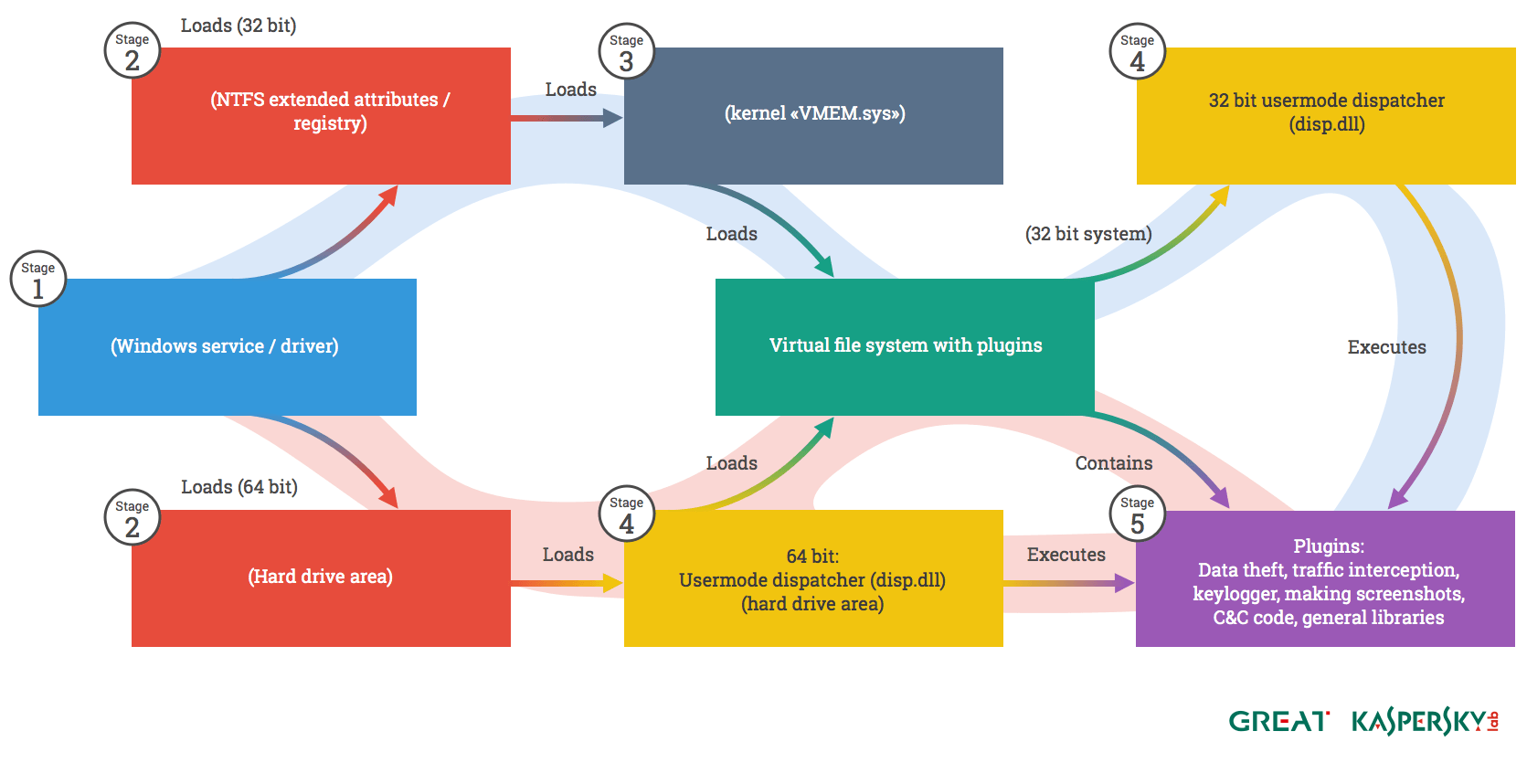

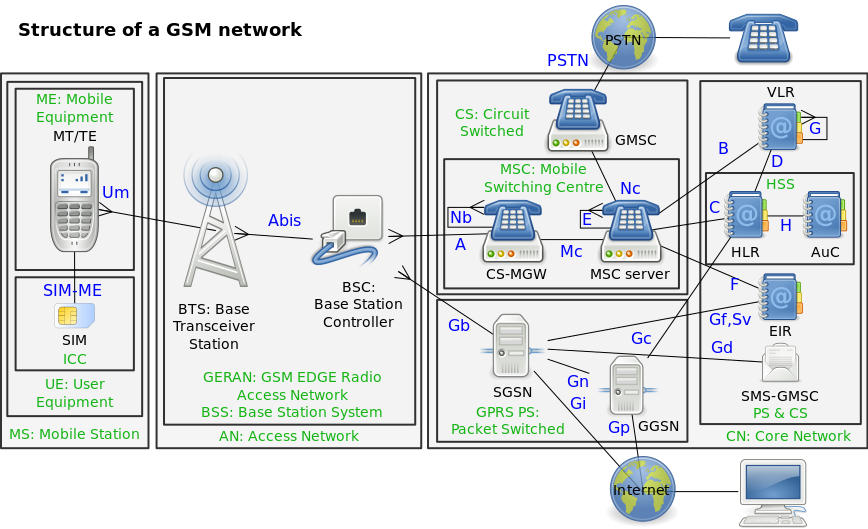
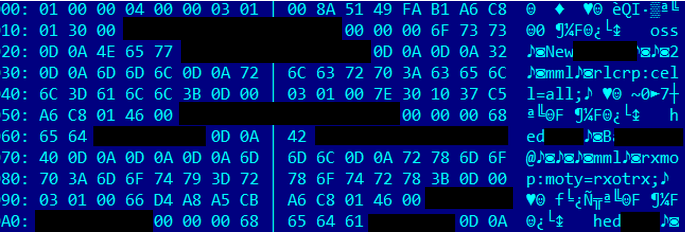
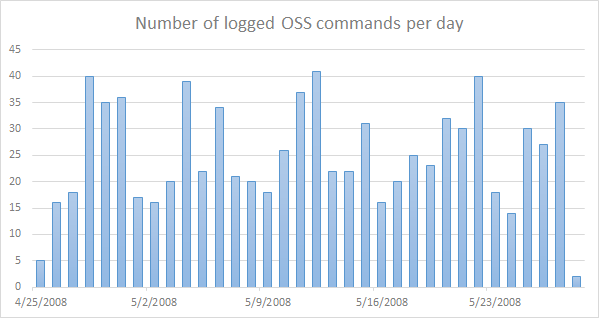
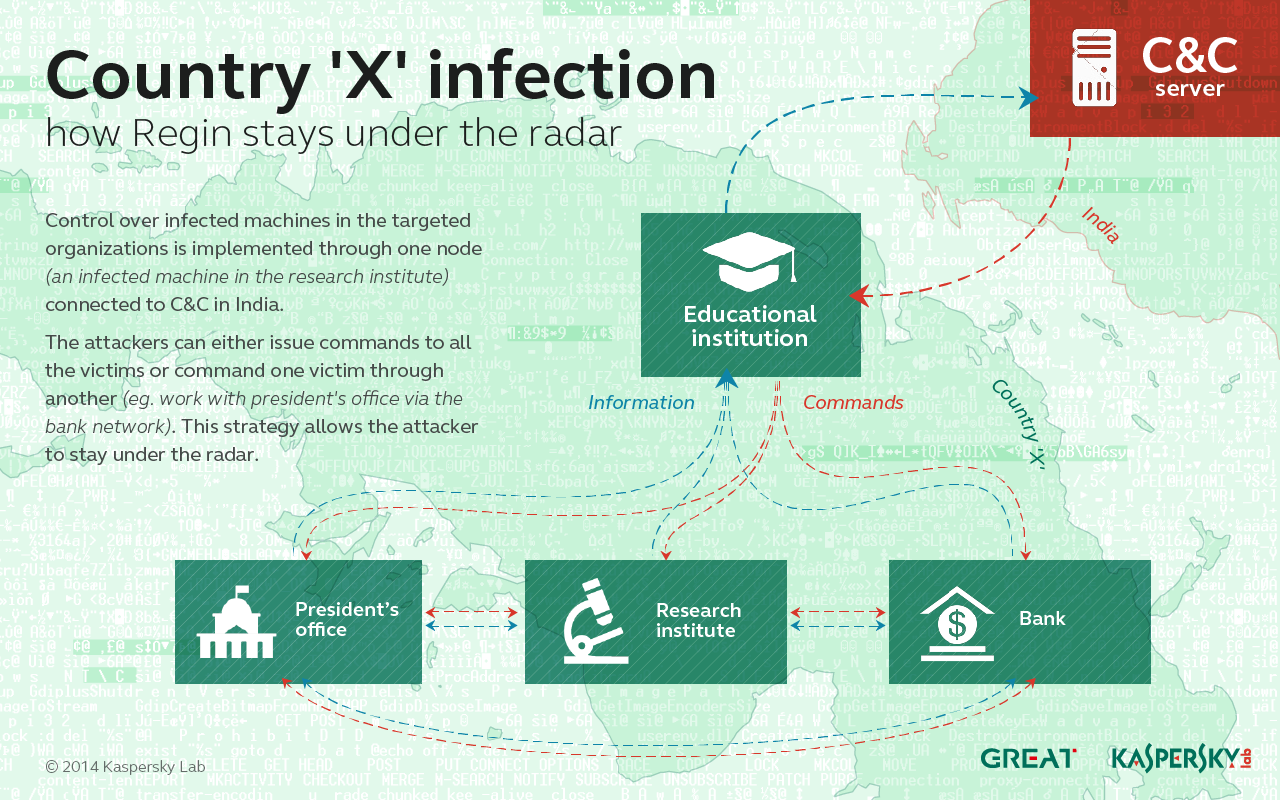
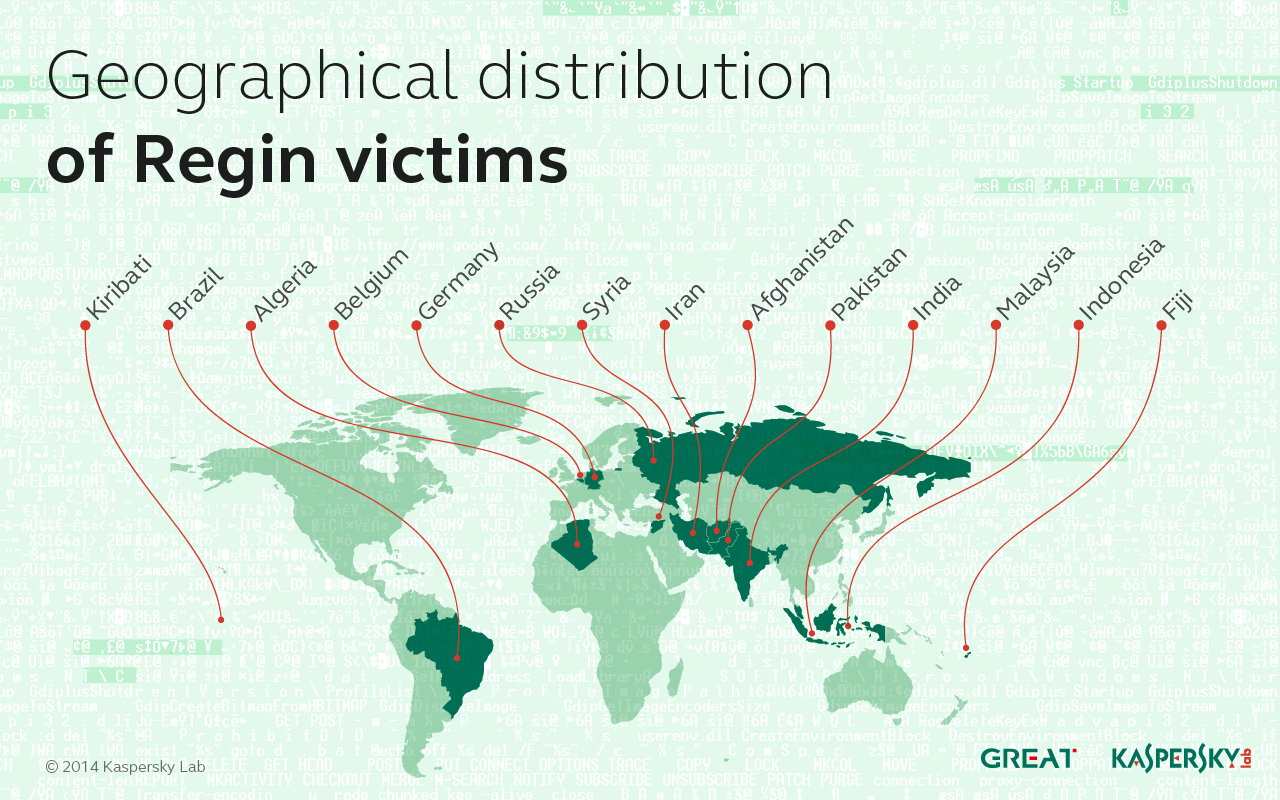
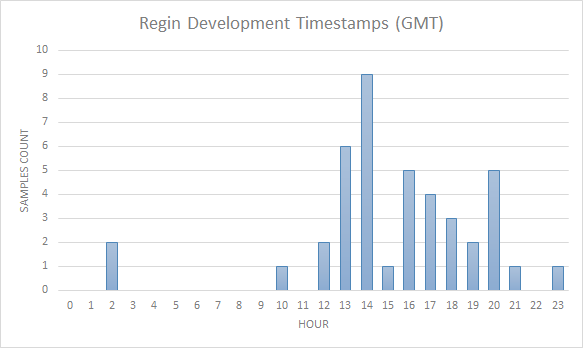






















Gianpietro
Hello,
please note that the command details for RLSTP are incorrect:
rlstp:cell=all,state=halted; doesn’t STOP the cell. It’s just a print command.
Anyway, overall interesting article.
BR
Gianpietro
Andrew
Hi!
I found some errors in your article.
With regards to instructions for the controller Ericsson here there is no danger commands. And definitely no one command that would be responsible for the subscriber calls.
List of correct command descriptions:
rxmop – check Managed object data
rxmsp – check current state of the Management object;
rlcrp – list of cell resources;
rxble – enable (unblock) cell;
rxtcp – show the Transceiver Group of particular cell;
allip – show external alarm for alarm class A2 ;
dtstp – show DIgital Path (DIP) state (DIP is the name of the function used for supervision of the connected PCM (Pulse Code Modulation) lines);
rlstc – change state cell(s) in the GSM network;
rlstp – check state of the cell(s) in the GSM network;
rlmfc – add frequencies to the active broadcast control channel allocation list;
rlnri – add cell neightbour;
rrtpp – show radio transmission transcoder pool details;
_JIm
Yeah, the analyst blew the interpretation of those switch commands big time. Suggest next time they consult this ref before making assumptions based on previous assumptions of mnemonics (such anything with ‘stp’ in it meaning ‘stop’):
http://www.academia.edu/5743743/The_ERICSSON_commands_listed_below_are_for_these_functionsfor_checking_subscribe_base_MSC_
revsec
great analysis as usually from Kaspersky team ……….. but string U_STARBUCKS as STARBUCKS in Delivery_Man_(film)
because STARBUCKS which have 533 children so malware is extremely modular in nature and has multiple stages, last update maybe in 2013
chEboorashka
you forgot to mention Kazakhstan…
Costin Raiu
Thanks for your comment. We haven’t found any victims in Kazakhstan but would be interested to hear more from your experience.
Ronny Vasquez
Cool job guys, how can I contribute to research in my country? For detection purpose of course, I work for a Government Agency.
Costin Raiu
Hi Ronny,
Thanks for your comment! You may contact intelservices [at] kaspersky [dot] com for more information.
Thanks,
Costin
Puppetburglar
Kiribati is not without its curiosities-
http://www.madcowprod.com/11162006.html
chris
I believe i have been targeted by this exact virus but an unknown variant of it this has been five years in a row and on Nov 20-26. i have secured 2 variants of this virus in question it infest the firm ware of following PERMANENTLY video card, any cdrom over cdr like the dvd,any flash-able sound card, computer-bios, and other usb 2.0 devices like a db9 to usb prolific 2039 . it also store it’s self in the cd’s you burn how dose it hide it’s modules is in the different devices IN THE CHIP WARE OF ALL DEVICE STAND ALONE . AND I BELIEVE I KNOW WHO DESIGNED IT this was no country this was the work of a group of people that may be connected, worked or associate with intelligence but this was not written by a country this was written by a group of people who are involved but not in official acting but connected to infra-guard group or one of the new nazzistic offices spun-out of the 911 operation. For there motivations are fascist by nature and i have three working computers from the past 5 years one is identify as ver.A and the other two are variants but more factor variable . and advanced to the nazzist veiws of the party’s that wrote it . In my case i use to post censored news and familiar things that the nazzi mainstream media would not post for there own state or privare sponsored reasons . like most fascist states, fraternal orders or a
artical 13 secret group S (i.e black ops stuff) of any overment types. These people are localized to the area i am from with all having some connection to public service in the different parts of the country at the county level but from the same nazzistic view of most Germanic small (like my home hood) towns and county’s that support this Scientology type of harassing view. Toward others that do not share in the state sponsored murder for hire view ´programs that those same people may or are involved in . i tell you what i have a 2 cd rom and (and a vast amount of supporting shit) one for a computer desktop and the other is for a laptop and each has 2 different variants one in each of the DVDCDRW drives (ON THE CHIPWARE) and you see what happen to your computer when you plug them in and where your privacy go’s by the for mention nazzis above that infected my shit if you think i am full of shit i can send you copy’s of this virus embedded in the firm ware or 5 years worth , of the progressing i believe this virus has been around since 2005/6 i have seen and been a victum of this beta version prior to the release or NOTICE OF this virus are nov 20- 26 every year like clock work. a special note most of these people either are suck some Dick Mc’Penus and are connected to the county level and city level of access that there anti-narco , nazzi ,religiously prodistantly Fascist persons try to limit speech of there opposition. or person like me that they DO like for free speech. just to mention there is a vast amount of supporting evidence these 5 people where involved in this virus . also note just because i have a shitty keyboard dose not mean i can’t spell. call me for more information 269-348-7200 note phone is active from 12-3pm central time.
Tim
I am a victim of this hack as well. The first occurred 3/3 2015 that was so insidious I didn’t notice it for five weeks . I am not a colder so forgive me if I use the wrong terminology. I was only MacBook Pro running 10.6. They remotely logged in somehow, it looks like using bio’s for whatever the windows protocol is to connect to mac.
Nobody would believe me because the files that overwrote my system and DLL files have the same name . I didn’t notice it petitions the hard drive, and it creates Faulders called X 64 and X 86 . It then replaces the documents and music folders with executable file is disguised as folders, inside or a dictionaries and inside the dictionaries or documents with XML scripting . All documents are indexed to apply any action to all subsequent connected documents throughout the system .
When you accidentally double click and open what you think is the documents file, the executable file storage and it begins to replicated self throughout the system .
I body brand-new MacBook Air and the same hack happened while it was in the box before I set it up ! I am in San Francisco, and I’m willing to give my PC and Mac book to any forensics expert who can look at this and give me some advice of how it is getting in. I can be contacted at mewonders0704 AT iCloud.